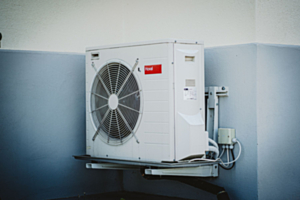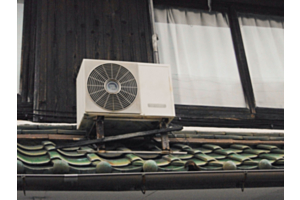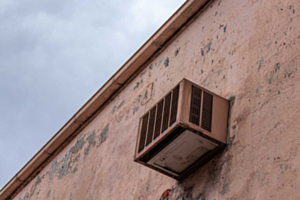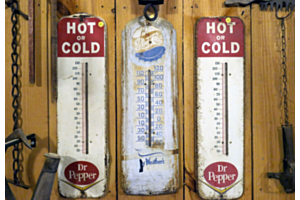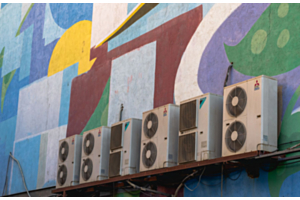Understanding the Basics of Ductless Mini Splits

Ductless mini splits are all the rage, but precisely what is a mini split, and how does it work? This introductory guide to the basics will tell you everything you need to know.
A ductless mini split system is not your traditional heating or cooling system. Rather than requiring separate heating and cooling units, such as a furnace versus an air conditioner, a mini split provides cooling and heating as required.
It does this without using ducts, which are prone to air losses that make traditional HVAC less efficient.
So how does a mini split system work? The mini split includes a compressor and air-handling unit. The compressor sits on a slab in the side yard or backyard, while the air-handling units go inside in various rooms of your home. A thread of copper wire connects them and contains refrigerant.
The compressor is an evaporator when you use the mini split for heating and a compressor when cooling. Liquid refrigerant travels from the compressor to the indoor unit. Evaporator cooling coils in the indoor unit encourage the liquid to convert into gas, expanding as it does.
Next, a blower pulls the warm air toward the indoor unit. However, the warm air passes over cold coils first, lessening humidity and reducing the air temperature. Then the air blows out of the mini split and into your house.
The high-pressure refrigerant exits the indoor unit and goes back via the copper wires to the compressor. It’s then compressed into a liquid and heats up during the conversion. The liquid refrigerant cools and reenters the indoor unit, which continues cooling your home.
It’s an amazing technology that’s far more energy efficient than traditional HVAC units. Ductless mini splits also offer these advantages.
- Quiet operation: Have you ever heard whisper-quiet heating and cooling? Not if you’ve only used traditional HVAC, you haven’t! A ductless mini split barely makes any noise, whether heating or cooling. That’s thanks to the absence of ducts and the streamlined size of the units.
- Concentrated airflow: Mini splits provide zoned heating and cooling, which concentrates warm or cool air to rooms or areas of the home that are drafty or warmer than other parts.
- Energy efficiency: The zoned airflow not only provides greater comfort for homeowners but is better for their carbon footprint. Mini splits are far more environmentally friendly than any furnace.
- Simple installation: Making the jump from an old air conditioner to a mini split isn’t so scary. The installation process is far simpler and faster so you can begin experiencing the difference sooner.
- Lower utility bills: Homeowners also love how a ductless mini split system saves on their energy bills. They can pocket thousands of dollars over a few years and tens of thousands over decades!


